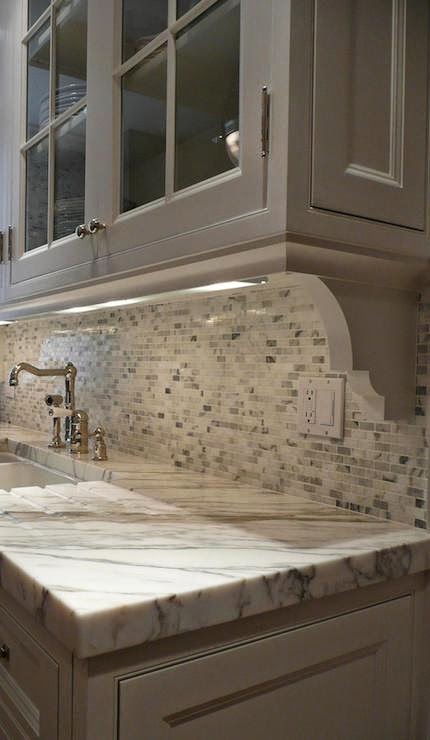Lighting 101 - A Lesson in Lighting
Confused about lighting your room? Lighting is one of the most important aspects of successful interior design. Lighting can establish a mood, focus attention, and create illusion. Light affects all other elements and how we feel about them. The quality, quantity, and color of light affects the way we see our surroundings.
Lighting affects how we see color. Depending on the type of lighting used, color can significantly change. Remember to view colors in both the natural and artificial light of a room.
Take advantage of natural lighting whenever you can. Natural lighting provides energy savings and reveals true colors.
Incorporate the following three types of lighting in your space. One lighting source is not sufficient in a space. All three types of lighting work together in a home.
- Ambient or general lighting
- Task lighting
- Accent lighting
By layering all three types of lighting, you will have a successful design.
Ambient
Ambient lighting is the general lighting that lights up your room. It's basically the light that allows you to move around safely in a space. Ambient lighting consists of ceiling fixtures, chandeliers or recessed lighting. Having a central source of ambient light in all rooms is fundamental to a good lighting plan.
Task
Accent Lighting
Light Layering
An effective way to maximize the appearance and functionality of any space is to light in layers.
By using multiple light sources you can help balance a room by minimizing glare and shadows, while adding depth and dimension.
-
Take advantage of natural light whenever possible.
-
Start with general lighting; it is inexpensive and easy to build on.
-
Add layers to add drama and style.
Thanks for stopping by...







